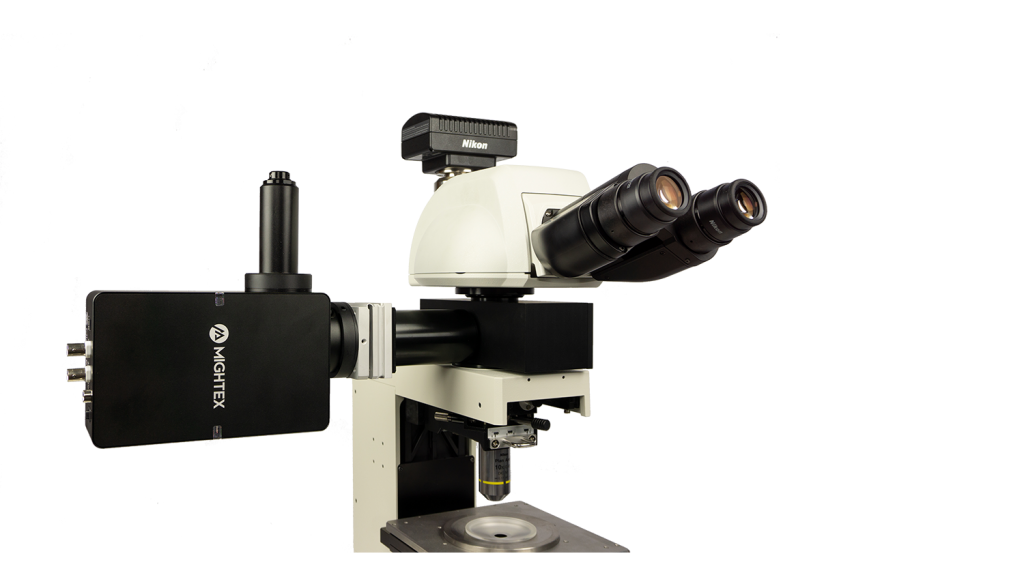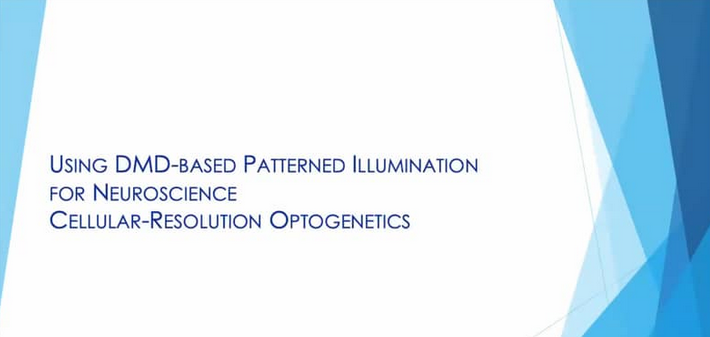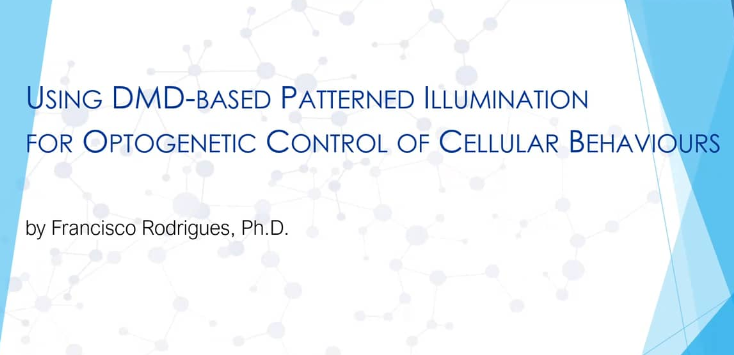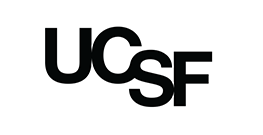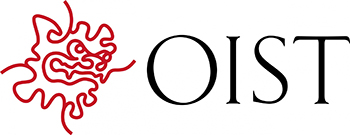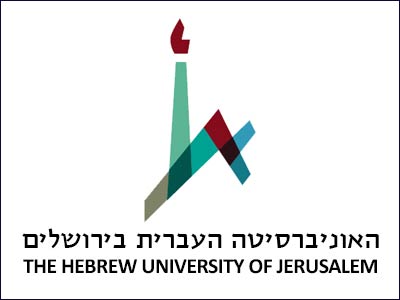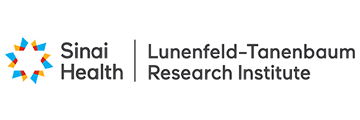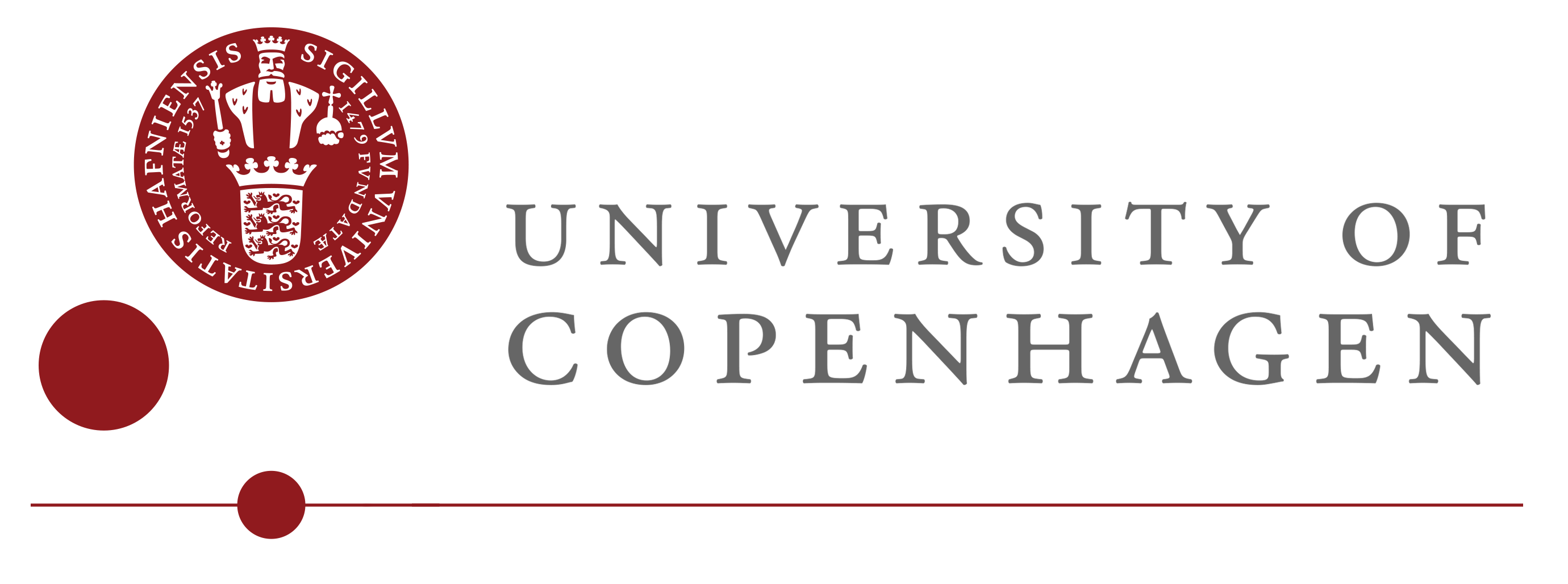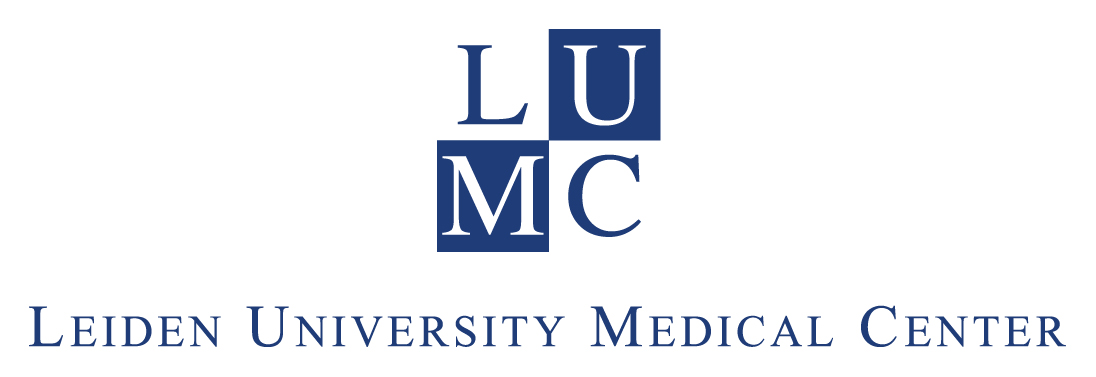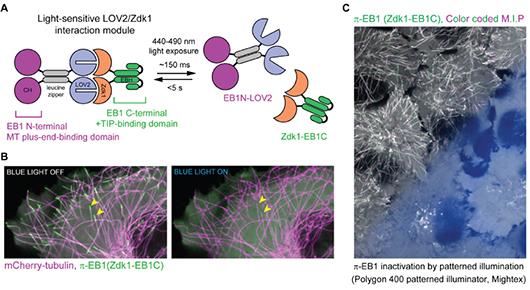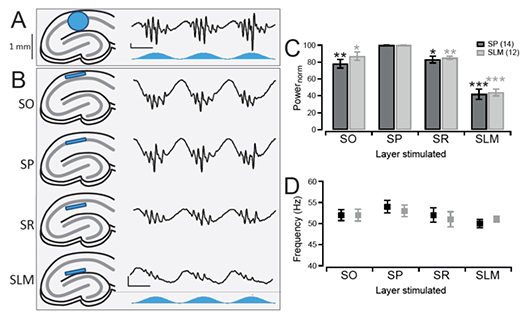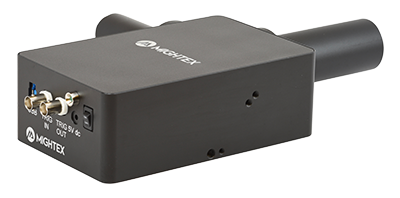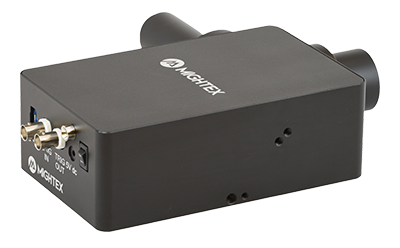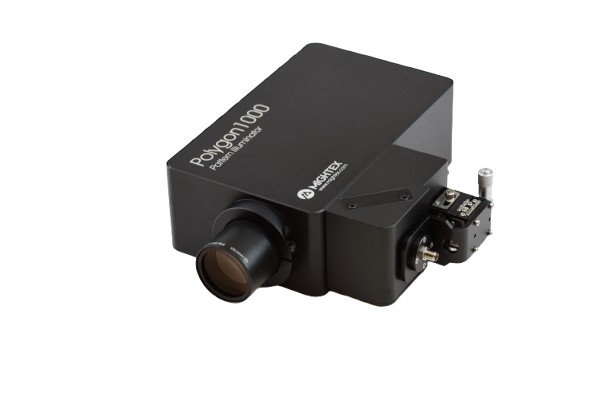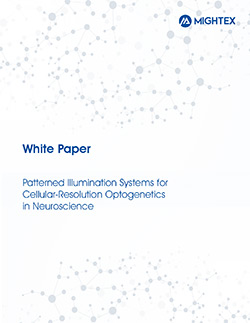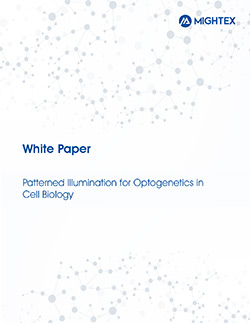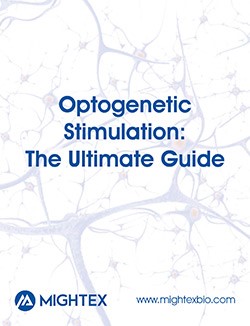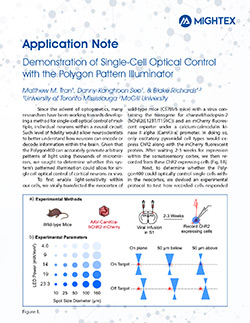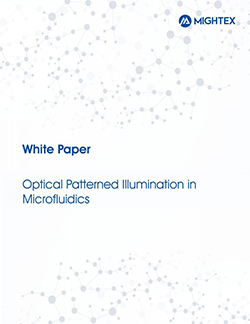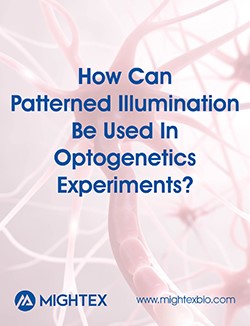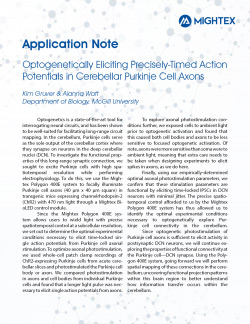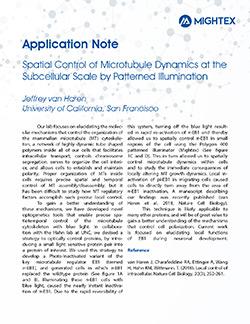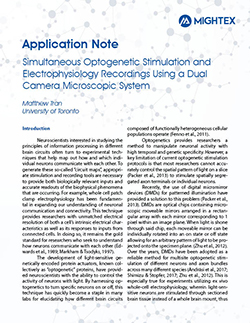Overview/Features
700 Labs Worldwide, >125 Publications Using Polygon
Mightex’s market-leading Polygon DMD pattern illuminator provides precise spatiotemporal control of light with subcellular resolution, making it the perfect illumination tool for life science research.
Cellular-Resolution Optogenetics and Photostimulation
Simultaneous Multi-Region Illumination
Subcellular Resolution
Compatible with Any Microscope
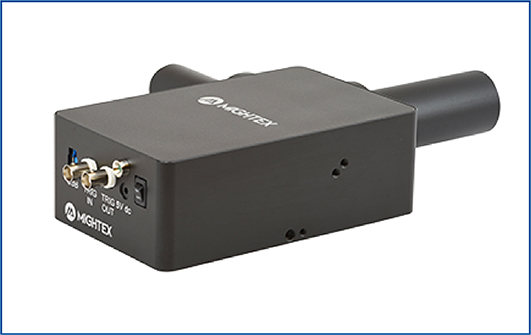
State-of-the-Art Illumination Technology
The Polygon uses digital mirror device (DMD) technology to illuminate multiple regions simultaneously. A DMD is composed of hundreds of thousands of micro-mirrors that can be individually turned on to reflect light onto the sample. Thus, you can control each mirror to control the area(s) of illumination and create any number of different sized patterns. The Polygon DMD pattern illuminator can be mounted into the infinity-path of any microscope.
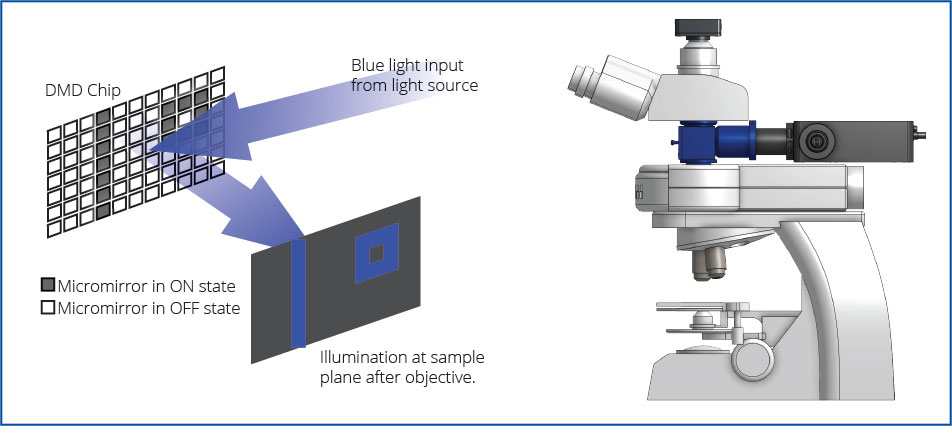
Polygon Key Features
Simultaneous Optogenetic Stimulation of Individual Cells or Sub-Cellular Components
The Polygon enables scientists to precisely control where light will hit their sample. With subcellular resolution, the Polygon can illuminate any cellular feature in any shape or size simultaneously on their sample.
Select illumination of individual cells expressing ChR2 in slice using the Polygon (Courtesy of Matthew Tran & Dr. Blake Richards, McGill University).
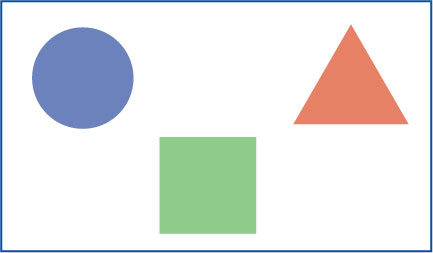
Stimulation of Any Optogenetics or Photostimulation Probe
The Polygon provides great flexibility when it comes down to wavelength selection. From UV to VIS/NIR range, the Polygon can project light of different colours suitable for your light-sensitive constructs.
Spatio-Temporal and Intensity Control of Light
Control the initiation, duration, and intensity of light stimulation patterns using the Polygon. Create different waveforms to control the light intensity and duration outputted from the Polygon.
Select gradient illumination of a cell expressing a novel optogenetic construct using the Polygon (Courtesy of Elliot Dine & Dr. Jared Toettcher, Princeton University).
In Vitro and In Vivo Optogenetic Stimulation
The Polygon can be used with a wide-range light sources, including LEDs and lasers. The Polygon is also compatible with Mightex’s OASIS Implant for freely-behaving imaging and optogenetics and OASIS Macro for cortex-wide imaging and optogenetics.
UV Micropatterning with Sub-Micron Resolution
The Polygon is compatible with UV light sources (350nm+) and provides sub-micron illumination for photopatterning and microfabrication experiments.
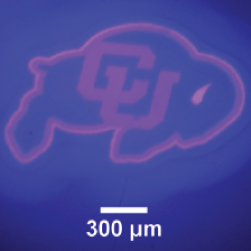
UV Photopatterning (Courtesy of Gayla Berg, University of Colorado).
Illumination patterns using the Polygon synchronized with slice electrophysiological recordings (Courtesy of Matthew Tran and Dr. Blake Richards, McGill University).
Integrates into Any Electrophysiology, Two-Photon or Confocal Microscope Setup
The Polygon is designed to be coupled into the infinity space of any microscope model (Leica, Nikon, Olympus, Zeiss) with Mightex’s microscope-specific adapters. The Polygon comes with BNC connectorized TTL trigger input and output for easy synchronization with different lab equipment.
Powerful User-Friendly Software for Life Science Experiments
Mightex’s PolyScan software platform is bundled with every Polygon to help you execute sophisticated patterned illumination experiments for your research.




